Sea serpent
The Sea serpent is an ocean going submarine owned by El Patético and used for their illicit operations. Primary function as a mobile command center but it is well armed.
Layout
Lower deck
Going from forward to aft on the lower deck, we first come across the main sonar, the air pressure tanks to blow the ballast tanks and the foldable bow planes. These are all situated outside of the pressure vessel, and are surrounded by the forepeak tank, used to trim the Sea serpent with ballast water.
Aft of that we come into the pressure hull of the ship, where we first have the messroom on the port and the galley and pantry on the starboard side. Then there is the double staircase leading up to the upperdeck. The staircase is separated by watertight doors. Aft of the staircase we find the Sickbay on the starboard side, then the Officer's quarters, and the Crew quarters on the port side.
The Missile hold, housing the six big ballistic missile launch tubes, cannot be accessed from the lower deck but it lays immediately aft of the living spaces. Followed by the engine room, also only accessible from the upper deck. Aft of the engine room lay the two separate rooms that house the electric motors used for the propulsion. Behind that is the battery hold and in the very end there is the after peak tank.
Upper deck
On the very forward, we first find the top section of the forepeak tank and the four torpedo tubes. Aft of that, the torpedo room where the launch crew works to load the torpedoes and a part of the torpedoes is stored. The torpedo room is closed by a watertight bulkhead. Aft of this is the forward missile hold. Housing the fourteen vertical missile launch tubes for the smaller SAM/SSM missiles, spare torpedoes, spare missiles, as well as other miscellaneous storage. This room has an (escape) hatch to the weather deck on top of the hull of the Sea serpent. This hatch is also used to load new torpedoes and other supplies, such as food. Also, this hatch is used to move the spare missiles from storage to the weather deck to load them into the launch tubes. The crew can do this at sea.
The forward missile hold is closed off with another watertight bulkhead leading into the staircase, and another watertight door leading to the bridge deck. This houses the command bridge, from where the Sea serpent is operated. The captain's cabin, his office, the radio room and the sonar room.
Behind the bridge-deck lays the missile hold, spanning both decks, with a walkway in between the six launch tubes leading into the engine room. Aft of the engine room we find the workshop with on the port side the air-conditioning room, and on the starboard the firefighting room. Aft again lays the air lock with (escape) hatch to the weather deck leading into the Remora if she is fitted. Or to the outside.
Behind Remora the hatch and towing installation for the towed sonar is fitted. Then we find the afterpeak tank, finishing off with a technical room with the actuators to control the X rudders.
Weather deck
The weather deck is the topside of the hull, all the hatches are constructed in such a way that they are flush with the deck when closed. Mooring gear such as bollards, chocks and fairleads are retractable into the deck to give the submarine a smooth hull when sailing under water.
Over both the forward and aft hatch, a davit can be rigged to hoist supplies in and out of the ship. Also, over the forward launch tubes, davits can be rigged to reload them.
Sail
The sail sits on top of the weather deck, and houses all kinds of equipment, such as the periscope and radio antennas. Also, a small lookout point is there for when the ship is sailing on the surface. The ship is still controlled from the bridge though, only communication equipment is placed on the lookout point to reach the command station.
Ballast tanks
Both in the forward and in the aft there are peak tanks fitted to control the trim of the Sea serpent On port and starboard of the pressure hull there are the main ballast tanks, split lengthwise in to four each. These tanks are used to control the deplacement of the submarine, allowing it to sink or surface. These main ballast tanks can be emptied with compressed air, stored into two tanks in the forward of the ship. The capacity of the air pressure tanks is enough to blow the complete main ballast tanks four times without the need for the compressor to fill them up.
Other tanks
The bottom of the Sea serpent is designed to work as a double bottom. Here fuel and fresh water is stored. As well as waste water, fresh and dirty oils. For obvious reasons, the tanks underneath the launch tubes aren't used for fuel, but are additional ballast tanks to regulate the stability by influencing the point of gravity of the ship.
The software crashed on me three days before the deadline.
I have to thank Sh4d0wPh03n1x for helping me safe an old file, and being able to show atleast half the model.
14 SAM/SSM +10 spare
32 torpedoes
5.000 nm using the batteries at 15 knots
1.000 nm using the batteries at full speed
"Kapitänin?" Mr. Fisher asked.
-"Ja, was ist los?" Rose replied.
Fisher was standing at the stern of the Sunset Dawn looking out over the water as he tends to do in the rare moments he went on deck.
"Wir werden verfolgt."
-"Was? Wo, ich sehe nichts am Horizont."
"Nicht auf dem Wasser, aber darunter." Fisher replied with a smile.
-"Hast du ein Periskop gesehen?" Rose asked surprised.
"Nein" Fisher paused for a moment. "Uns folgen zwei wellen."
-"Waves? We are followed by waves?"
"Sie segeln zu nahe an der Oberfläche. Schon zwei tage."
"-Was sollen wir damit machen?"
"Ignorieren." Fisher leaned over the bulwark drumming his fingers. "Wir wissen nicht, was sie wissen. Jetzt sind wir nur touristen.
Translation


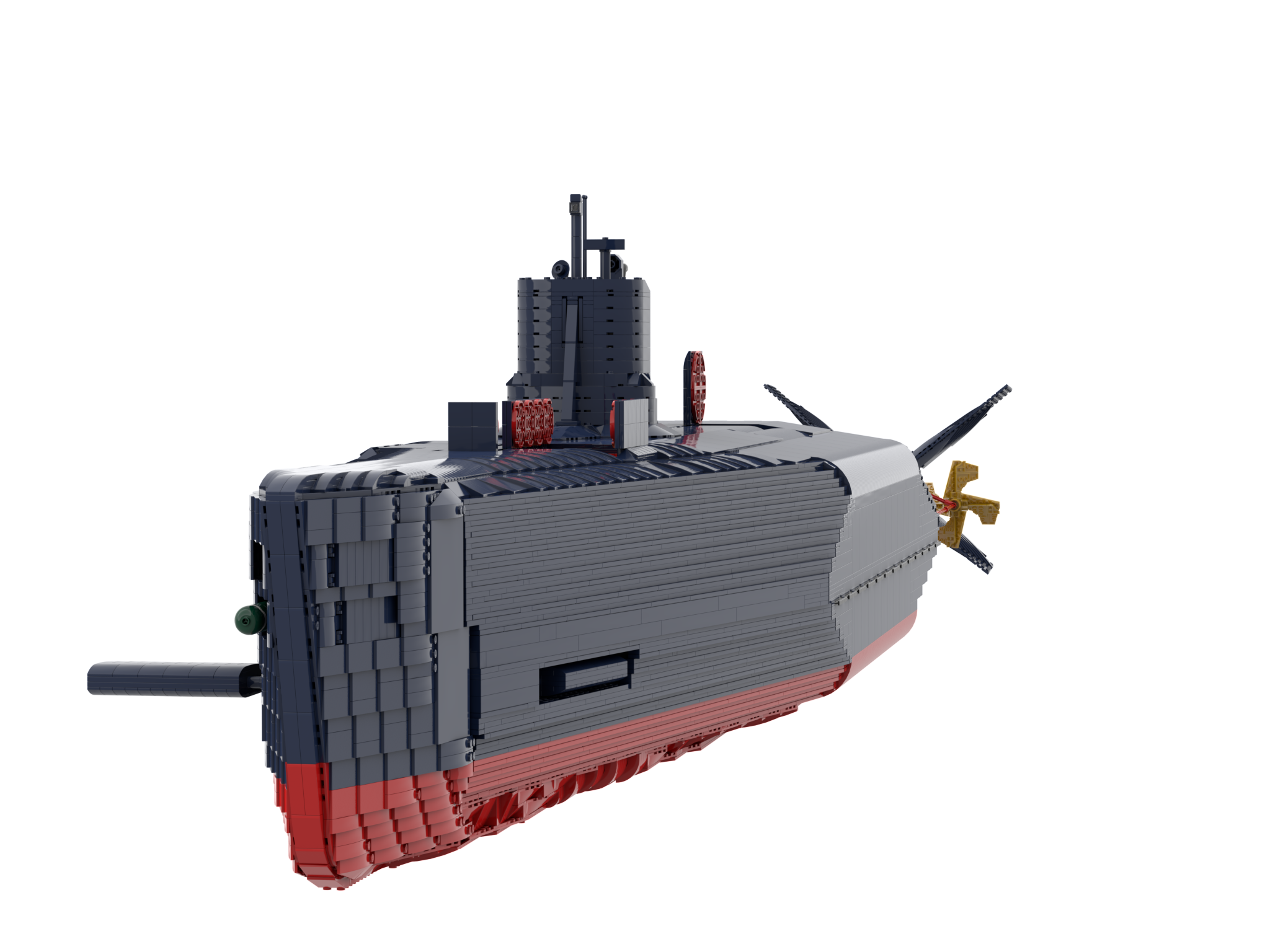
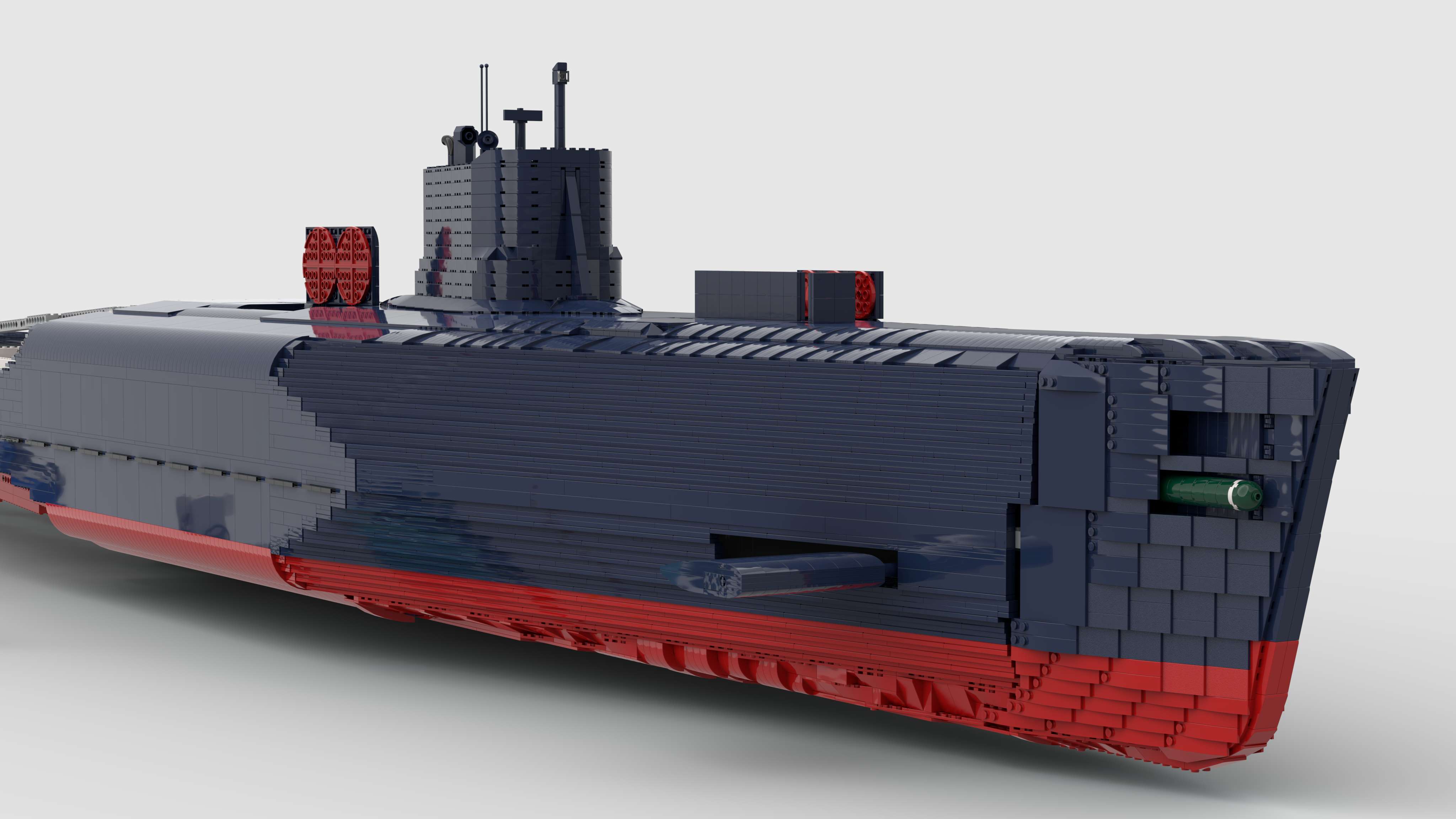
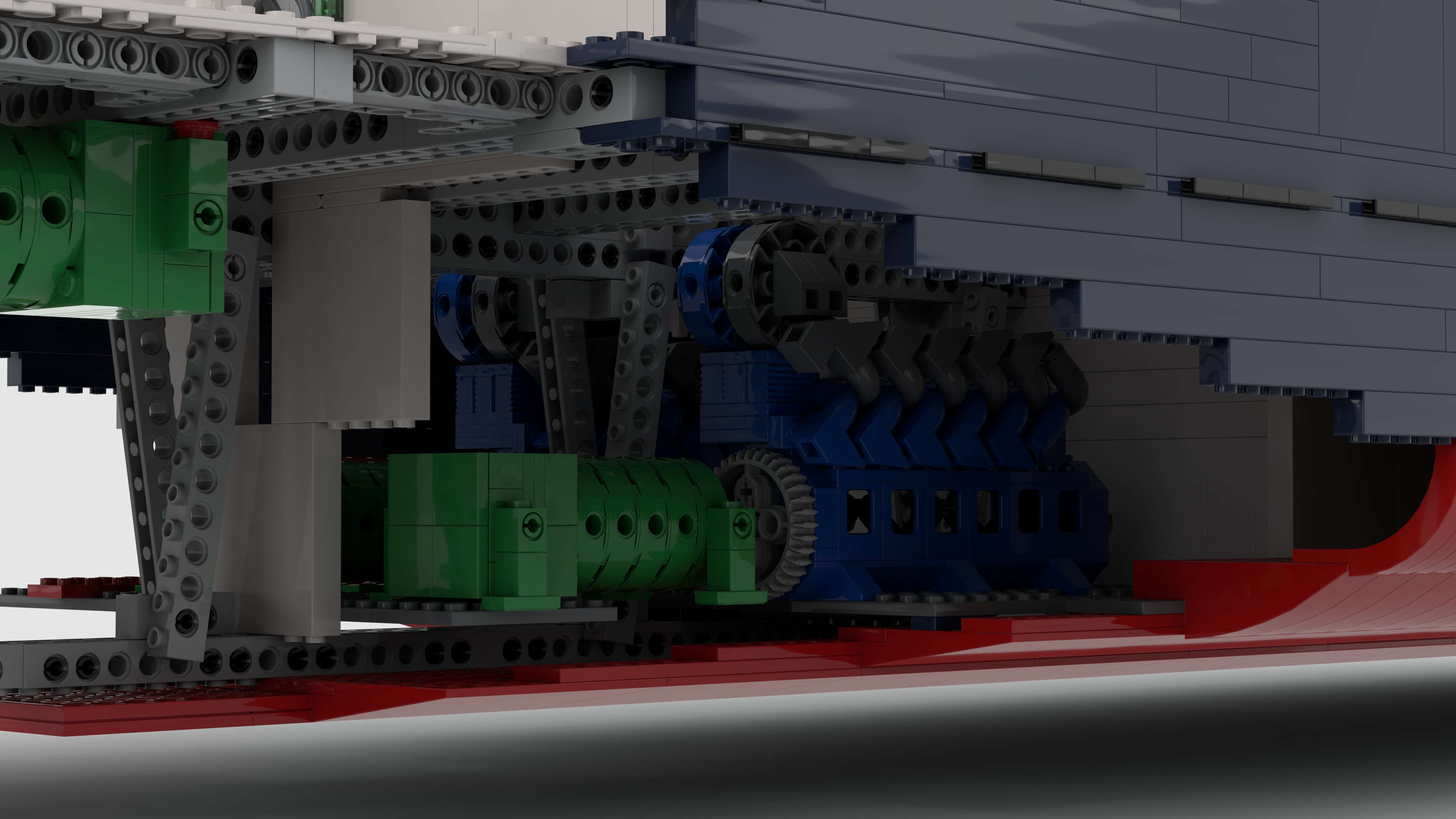
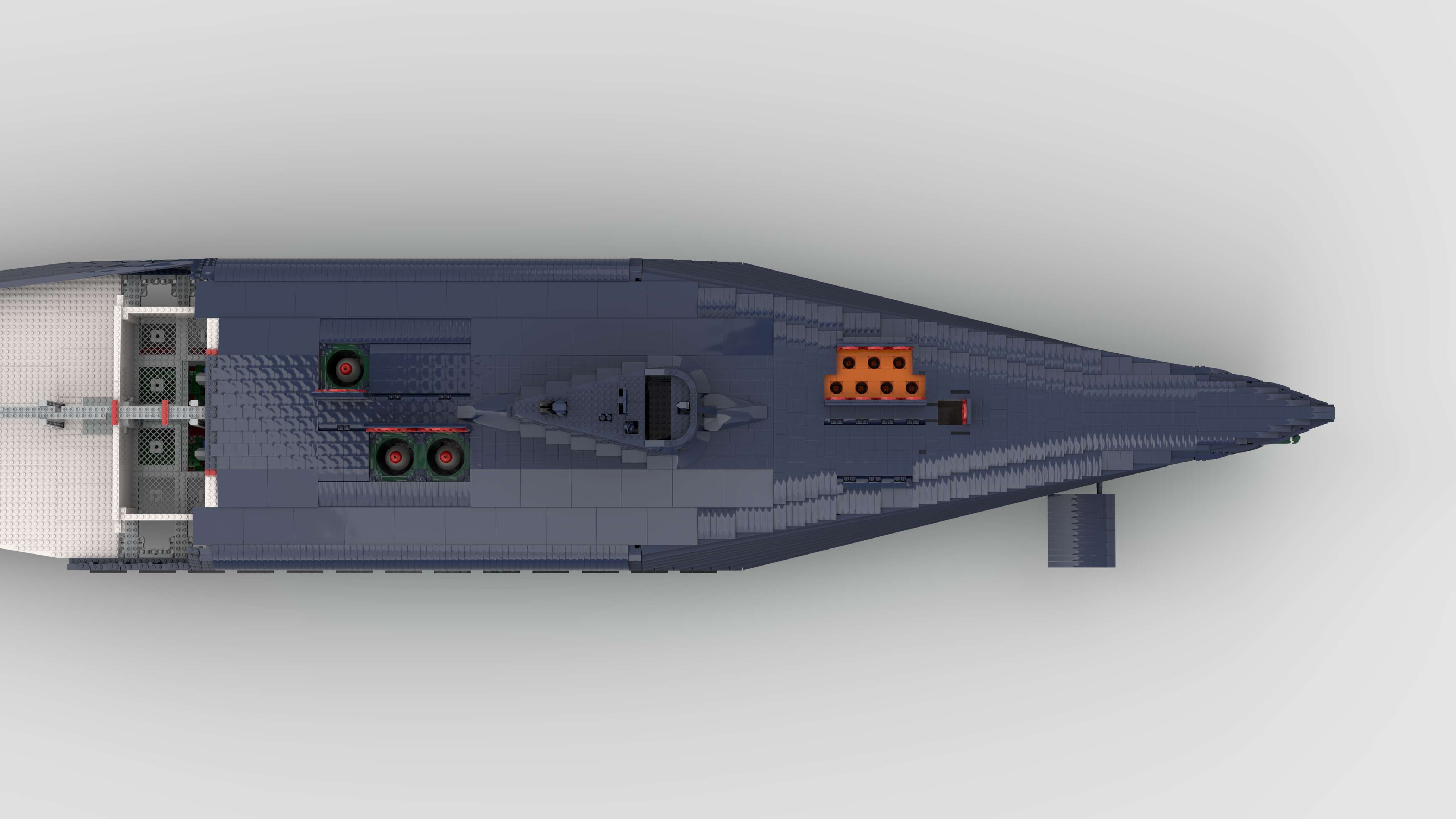
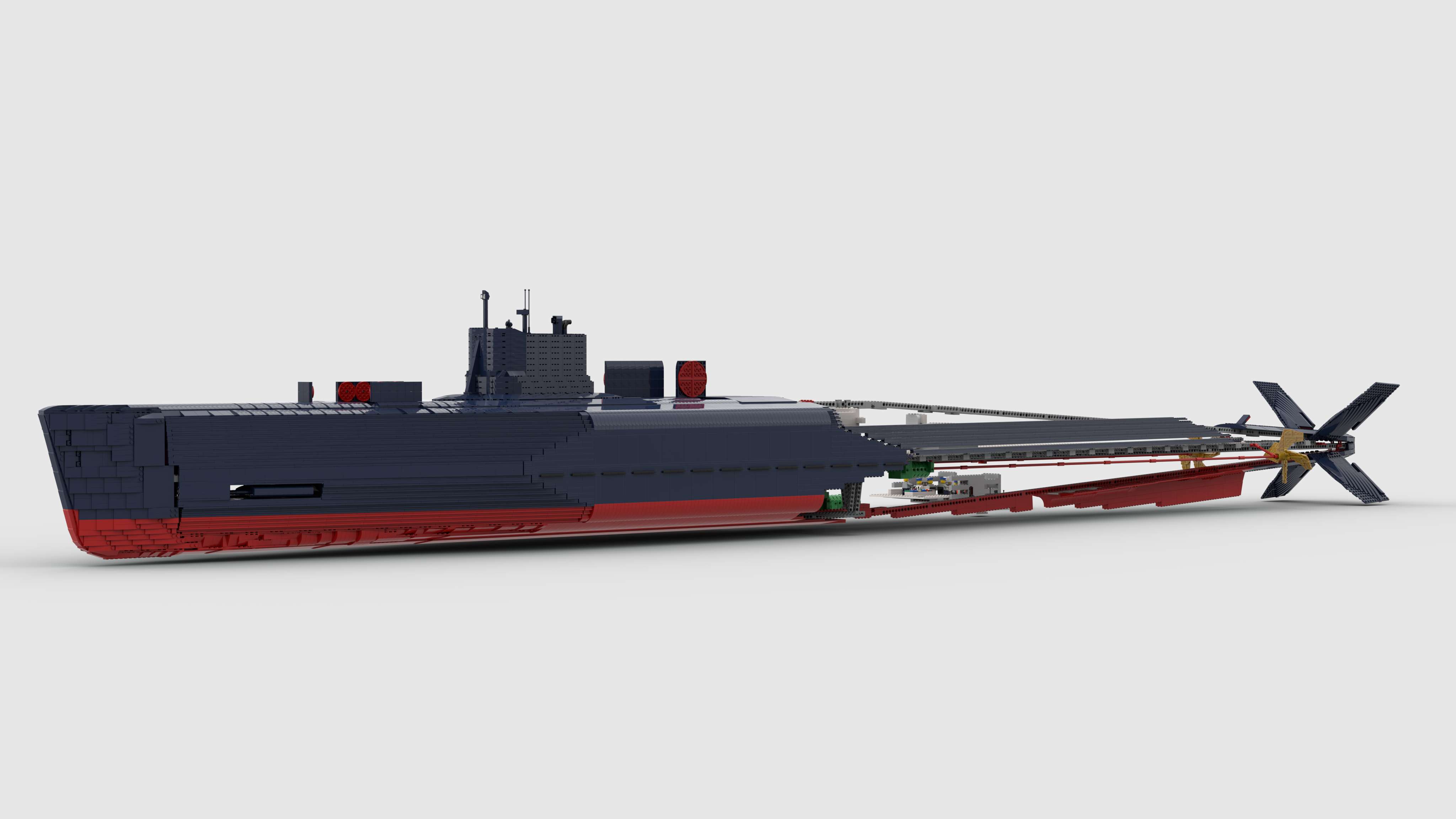


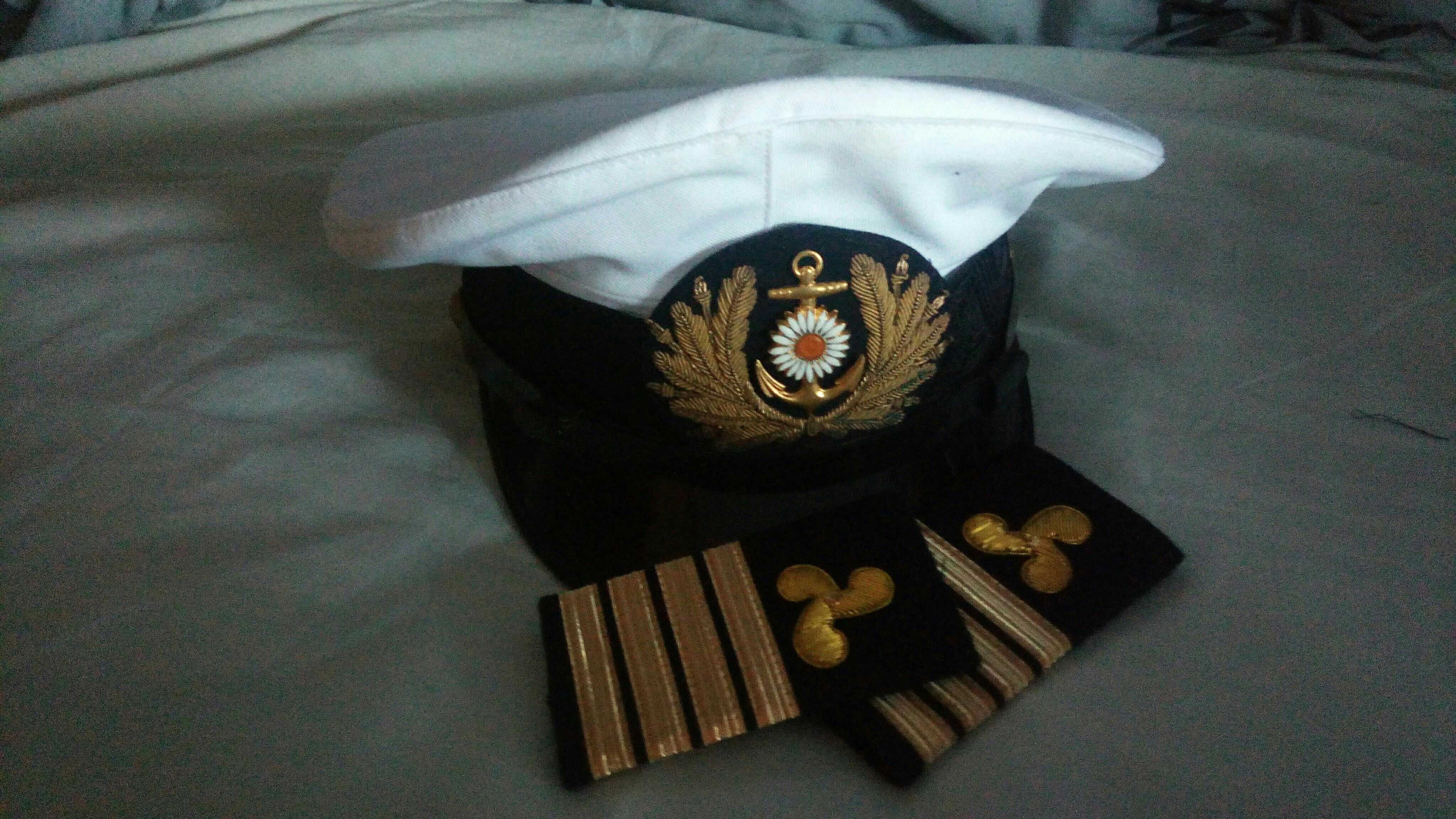



Very cool
Thank you